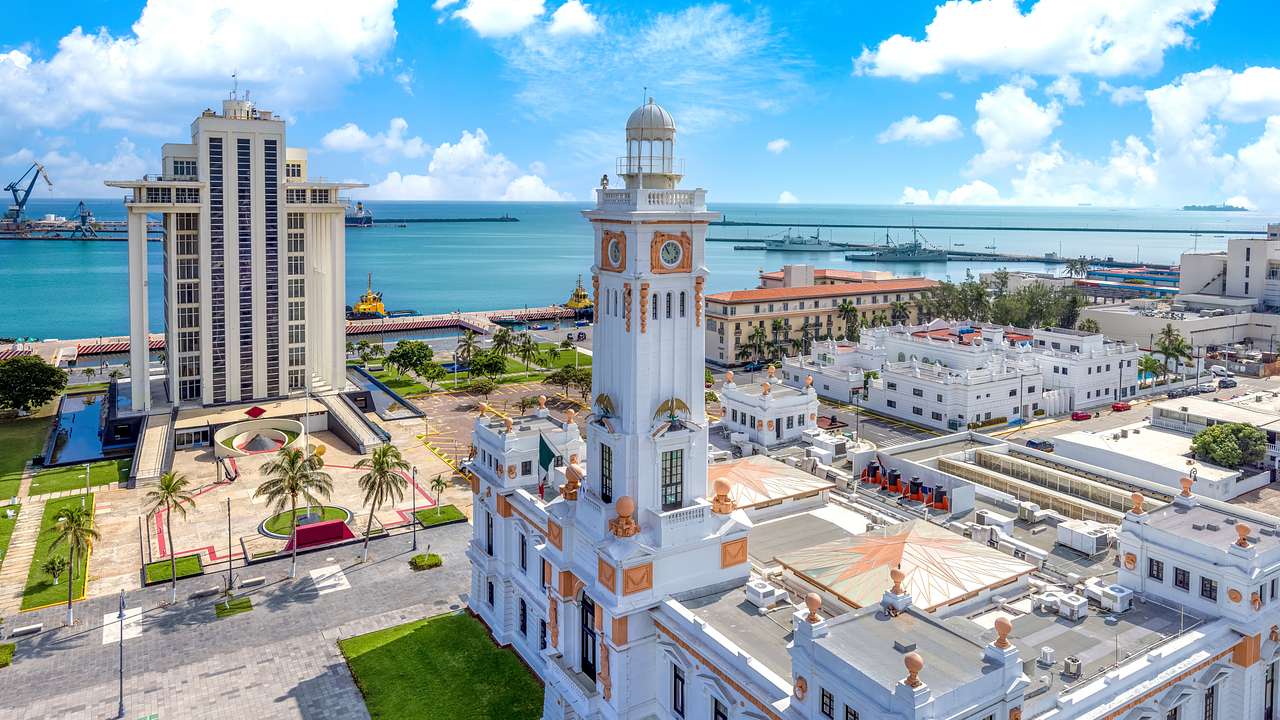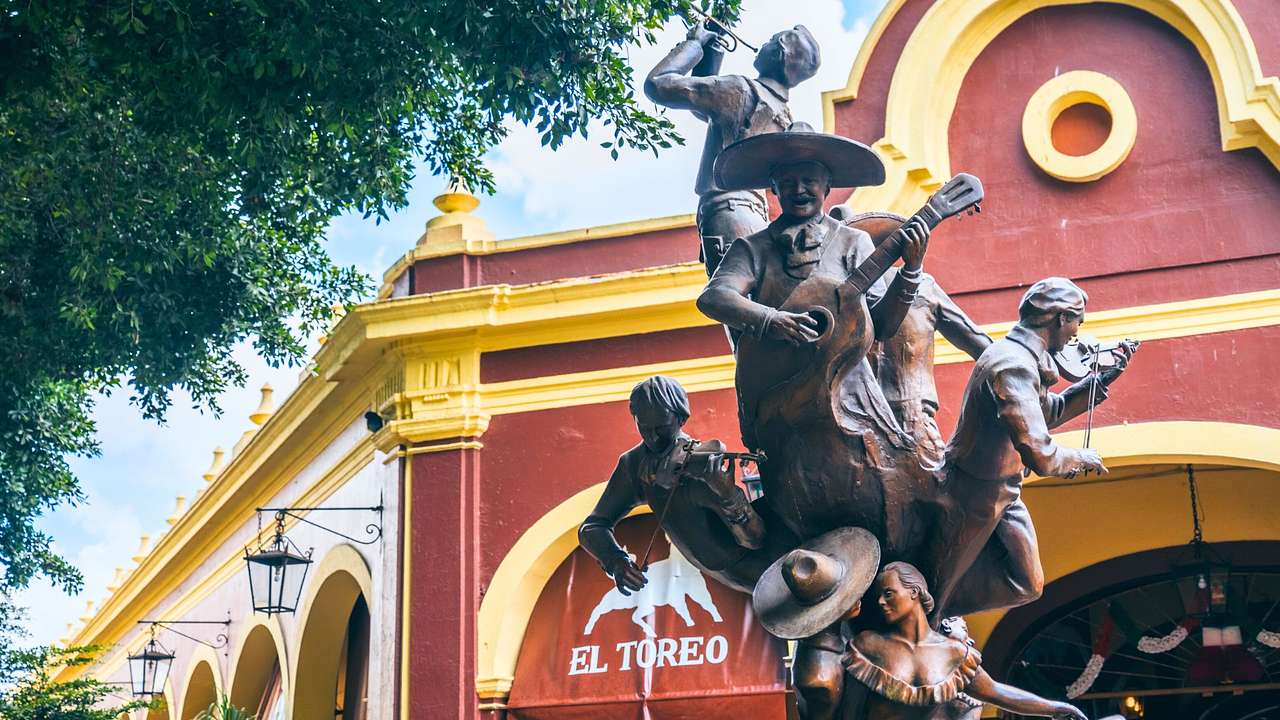5 Nicknames for Mexico and the History Behind Them
Destguides may receive commissions from purchases made through affiliate links in this article.
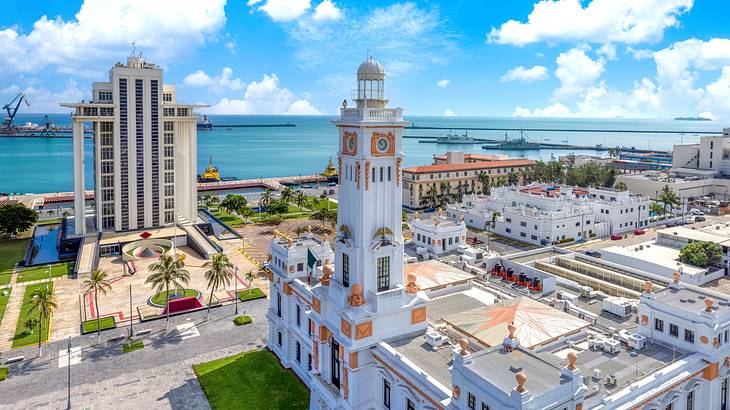
When researching Mexico, it doesn't take long to see why it's such a popular tourist destination. The people of Mexico are friendly, the weather is generally warm and sunny, and the region offers great experiences for a wide variety of travelers.
Digging deeper into its background and discovering nicknames for Mexico provides an excellent opportunity to learn and understand more about this fascinating country. The monikers below take inspiration from the country's climate, culture, and Spanish heritage, in combination with the unique influences of the Mayans and Aztecs.
If you are ready to discover the history behind Mexico's interesting nicknames, read on for a glimpse into one of the world's most unique cultures.
5 Mexico Nicknames
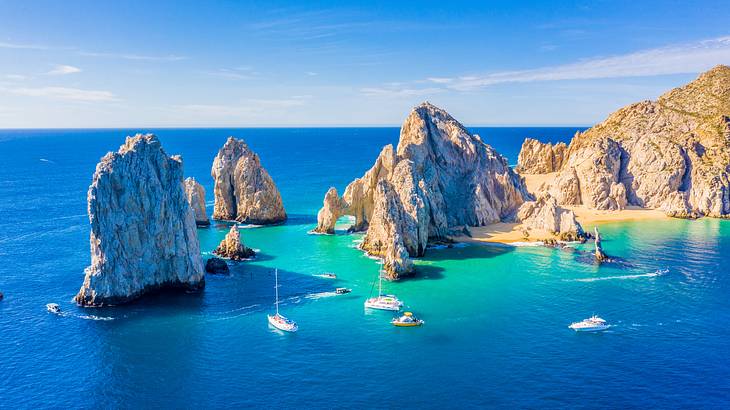
Land of the Sun
Land of the Sun is a slightly more contemporary Mexico nickname. This moniker is influenced by the region's warm and sunny climate. The majority of Mexico usually sees sunshine year-round, with geography ranging from sandy beaches to tropical forests and arid desert climes.
The origin of the full nickname is generally linked to a 1928 Vogue article entitled, Mexico: The Land of the Sun and an Old-World Beauty. Additionally, 1990 Mexican Nobel Laureate Octavio Paz referred to his homeland's relationship to the sun frequently in his writing.
Paz's collection of poems and essays offer references to the sun in a variety of different contexts. For example, his 1957 poem Piedra Del Sol (Sunstone) used the Aztec calendar stone to symbolize individual loneliness. These cultural links to the Land of the Sun name helped to popularize it across Mexico.
Navel of the Moon
In the Náhuatl language of the Aztecs, the direct meaning of the word Mexico translates to either "the moon's navel" or "navel of the moon," which has become a moniker for the region. The etymology of Mexico is a combination of the words "Metztli"(moon), "Xictli" (center or navel), and "co" (place).
When the Aztecs first came to the Central Valley, the five interconnected lakes in the region, including the largest Lake Texcoco, formed the shape of a rabbit when viewed from the surrounding mountains. Aztecs associated rabbits with the moon because the craters on its surface formed a rabbit figure.
Lake Texcoco was located in the middle of the rabbit shape (in the Aztec capital of Tenochtitlan), making it "the center of the rabbit," which could be somewhat translated in Náhuatl to mean Naval of the Moon.
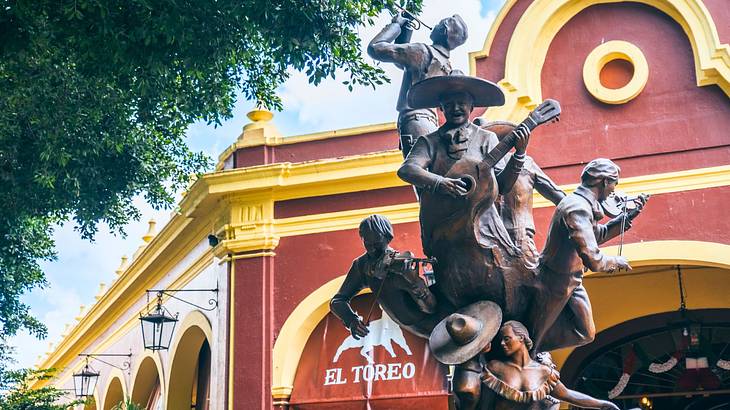
The Land of Mariachi
It's no surprise that the Land of Mariachi is a popular nickname for Mexico. Mariachi is a musical genre native to Mexico known for vibrant melodies and passionate lyrics. Mariachi bands are made up of a combination of trumpeters, guitarists, and violinists. They also usually wear unique traditional costumes.
The town of Cocula in the state of Jalisco (about 40 miles from Guadalajara) is generally considered the birthplace of Mariachi, which spread through rural Mexico in the 1800s. In the early 1900s, Mariachi became more widespread in urban centers as well, solidifying its popularity and connecting it to Mexico's national identity.
These days, Mariachi is a central part of many important events, including festivals, weddings, and quinceañeras (girls' coming-of-age celebrations). Town plazas and restaurants also frequently have bands performing. Notably, the musical genre gained UNESCO Intangible Cultural Heritage status in 2011, making it known to the world that Mexico is the Land of Mariachi!
The Land of the Aztecs
The Aztecs called themselves Mexica and were originally nomadic people who migrated from the northernmost part of Mexico (and their ancestral homeland of Aztlán). They settled in what is now Mexico City. At its height, the Aztec Empire was a mighty collection of city-states that ran from the Gulf of Mexico to the Pacific Ocean.
The Aztecs were known for an evolved agricultural system, complex social and religious structures, and unique art and architecture. The vast majority of this civilization's lifestyle merged with other influences to create the Mexico known today.
The Aztec Empire rose quickly around the 12th century but was destroyed after the Spanish conquest in the early 1500s. Due to the amount of time that the Aztecs called Mexico home and the continued influence on society today, it's no wonder Mexico is known as the Land of the Aztecs.

The Land of the Maya
Mexico retains an enduring cultural connection to the ancient Maya civilization, which is often compared to the Aztecs. Maya civilization began around 1800 BC and lasted until Spanish colonization in the early 16th century. Communities stretched from the southern part of present-day Mexico, across to the Gulf of Mexico and also included Guatemala, Belize, and parts of Honduras and El Salvador.
The Mayan culture was known for its advancements in science, mathematics, and astronomy. It was also characterized by large cities, complex societies, and impressive art and architecture. Many aspects of the Maya lifestyle have remained as descendants assimilated into broader Mexican and general Latin American culture.
The Yucatan Peninsula was the geographical heart of Mayan culture. Ancient ruins in this part of the country, such as the famous Mexican landmarks of Chichen Itza, Tulum, and Palenque, have become popular historical sites.
Additionally, foods such as avocados and corn were treasured crops of the Maya civilization that evolved into staples of the Mexican diet. Due to this array of modern-day connections to Mayan society, the Land of the Maya nickname was generated and is decently well-known among citizens.
Conclusion
If you've been wanting to find out what Mexico's nickname is, this article should have given you the answer. You will have also seen that it doesn't only have one well-known nickname, but five.
Every Mexican moniker above is a testament to the country's beauty, history, and unique mix of cultural influences. Lively mariachi music, the almost ever-present sun, and a country shaped by ancient civilizations are all covered under these five alternate names.
Whether you want fun and relaxation or to explore historical landmarks, Mexico is an excellent vacation destination. While visiting, you can now impress the locals with your knowledge of national nicknames!
Want to keep exploring?
Subscribe for discounts on tickets and hotels and our latest guides.
Thank you for subscribing
We will be in touch soon with discounts on tickets and hotels and our latest guides.
Want to keep exploring?
Subscribe for discounts on tickets and hotels and our latest guides.
Thank you for subscribing
We will be in touch soon with discounts on tickets and hotels and our latest guides.

